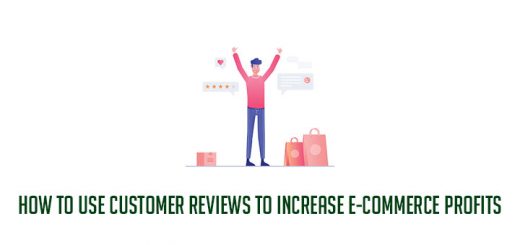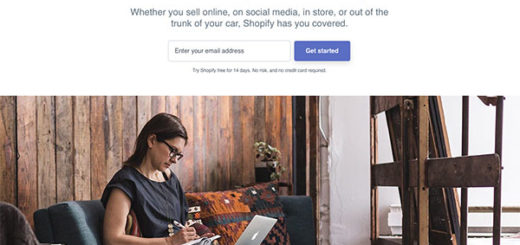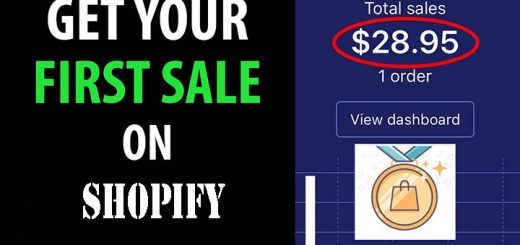How to create a Subscription-Based eCommerce Website on Shopify
One of the most popular ways to offer products and services to today’s customers is via subscription-based eCommerce. This business model can adapt to specific user demands but also works for a larger audience. Let’s dig into the details of the subscription-based model, as well as how Shopify can support it.
Should you adopt a subscription-based model?
Any product or service that your customers would typically want to purchase regularly or use on an ongoing basis, is perfectly suited for a subscription-based platform. Some examples of these services include online streaming video services, such as Netflix and meal kit delivery services, such as HelloFresh.
If you have a product or service that your customers purchase often, it may be right for a subscription service.
The subscription-based model is interesting in several ways — notably, how you can have multiple subscription levels, or tiers, providing different levels of service to different types of customers. For example, you may have one customer who buys one product regularly each month, while another needs the same product two or more times a month.
By creating subscription offerings that match these needs, you not only provide your different types of shoppers with what they need, but you also make it easier for them to make future purchases. Rather than requiring customers to visit your site each month and manually purchasing the product, they can sign up for a subscription, happy in the knowledge that what they need will arrive at their door when they need it.
How do you build a subscription-based website on Shopify?
In fact, Shopify doesn’t support subscription payment or recurring order. But having multiple Shopify apps from 3rd party can help you build a subscription-based eCommerce site as:
Depending on your needs you can choose an app that suits your business. After that make sure you consider the following once you’re ready.
Do the research
Before you begin changing your website, do some research. It’s a good idea to consider both your target market and your current shoppers’ buying history. This will help you to determine which products or services you offer are suited to subscriptions, as well as the tiers that make sense for these subscriptions.
Design subscription checkout flow
When designing the subscription checkout flow, you may want to consider delivery date options. Shoppers may want to have their products arrive at the beginning or end, of the month. Alternatively, depending on the products you offer, availability might be something you control, in which case, folks shouldn’t be able to select their delivery options.
Pro tip: If you do offer a deliverable product, you’ll also need to make sure your delivery partner is ready for recurring deliveries.
Set up payment gateways
Shopify supports many payment gateways. However, because you must use a third-party app, so you are required to use the payment gateway that this app supports.
Subscriptions by ReCharge and Bold Subscriptions are two of top subscription apps for Shopify store. ReCharge currently supports these payment gateways: Stripe, Braintree, Paypal, Authorize.net. With Bold app supports more payment gateways.
Each payment gateway has various benefits & drawbacks, and we strongly suggest investigating each gateway to see which will best support your business.
You can refer to 2 articles on instructions for setting up payment for each application here:
Getting it right
The process of building a subscription-based eCommerce site requires a little trial and error, as you work to find the right combination of products, services, and subscription tiers.
Last tip: Listen to your customers. Their feedback will help to hone your subscriptions so you can meet your shoppers’ needs.








